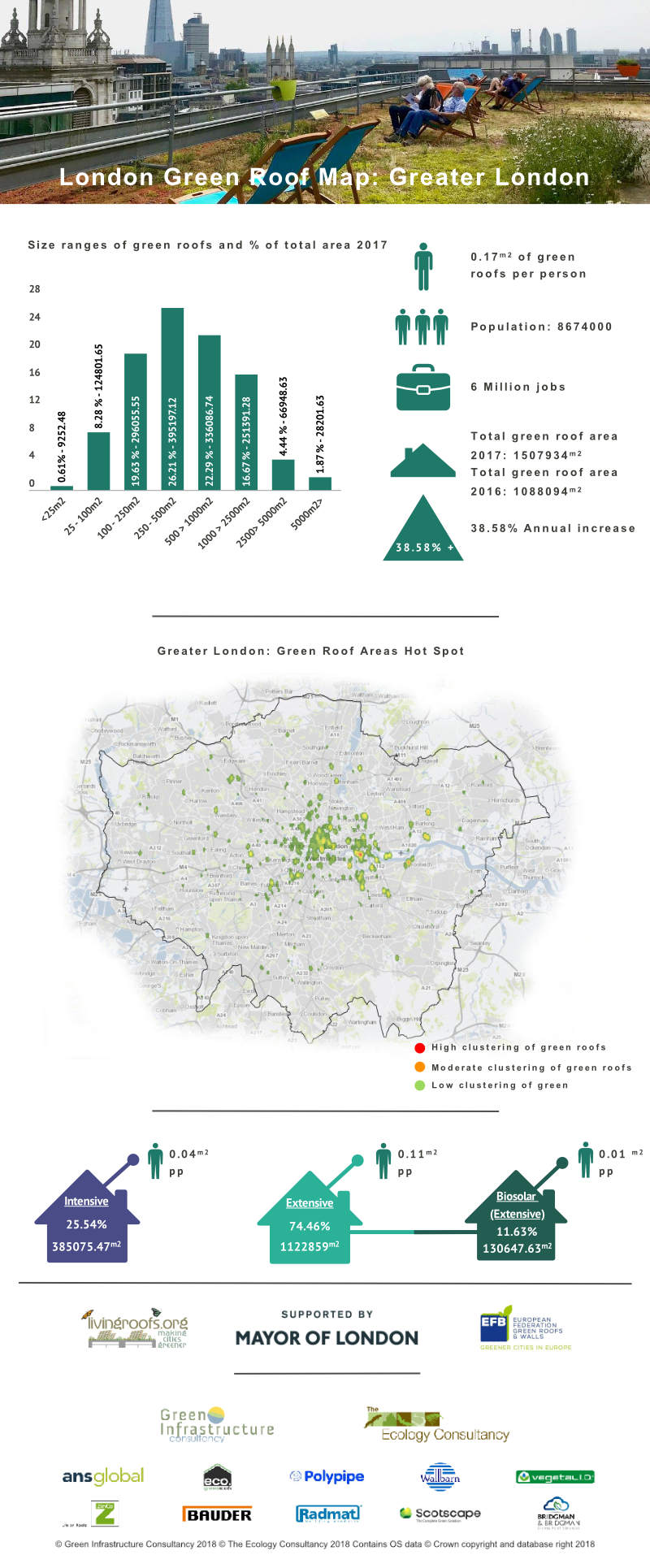An In-Depth Guidebook For Transferring To Residential Solar Power
An In-Depth Guidebook For Transferring To Residential Solar Power
Blog Article
Developed By-Blaabjerg Warner
Thinking of switching to residential solar energy? It's a smart move that can save you money and reduce your carbon footprint. First, you'll need to examine your home's solar capacity, which involves more than simply examining your roofing. Understanding your energy requirements and picking the right system is important too. However before residential solar panels price enter, there are financing choices to consider that can affect your decision substantially. Let's explore these important actions together.
Assessing Your Home's Solar Possible
Have you ever before asked yourself how much sunlight your home truly gets? Assessing your home's solar capacity is the primary step in making the button to solar power.
Begin by observing your roofing. Is it mostly free from trees and obstructions? Make note of the instructions it faces; south-facing roofs usually receive one of the most sunlight.
Next, consider the pitch of your roof. A steeper angle can improve solar effectiveness. Utilize a solar calculator or seek advice from a specialist to gauge just how much sunlight your home receives yearly.
Do not neglect to look for shading from close-by structures or trees throughout the day. By recognizing straight from the source , you'll be better equipped to make enlightened choices concerning your solar energy options.
Picking the Right Solar System
When it pertains to choosing the ideal solar system, you'll discover that a number of elements can influence your decision. First, evaluate your power needs by examining previous utility expenses; this helps you figure out the system size called for.
Next, think about the sort of solar panels-- monocrystalline, polycrystalline, or thin-film-- each providing different effectiveness levels and prices. https://drive.google.com/drive/folders/1IcueXxebdMA3hK65Gu_Dk2qhU8NDEm37 'll also intend to think about the inverter choices, as they convert sunshine into functional electrical power.
Take note of service warranties, as an excellent guarantee can shield your investment. Lastly, examine your roofing area, alignment, and shielding to make sure optimal efficiency.
Recognizing Funding Alternatives
Just how can you make the switch to solar energy without breaking the bank? Comprehending your funding choices is essential.
You've got several options, like acquiring your system outright, which enables you to take full advantage of tax credit histories and motivations.
Conversely, take into consideration solar finances; they allow you to spread the expense in time while developing equity.
If ahead of time prices are an issue, leasing might be your best bet. With a lease, you can enjoy solar energy without the initial investment, however you won't own the system.
Furthermore, power acquisition contracts (PPAs) let you spend for the power created, usually at a reduced price than your utility.
Review your economic situation to locate the alternative that fits your budget and goals.
Conclusion
Transitioning to household solar power is an exciting trip that can lead to substantial financial savings and ecological advantages. By analyzing your home's solar possibility, selecting the ideal system, and discovering funding choices, you're well on your way to making a wise investment. Do not neglect to select a respectable installer and keep an eye on your system's efficiency. With the right approach, you'll appreciate the benefits of solar power for many years ahead. Accept the adjustment and start your solar journey today!
